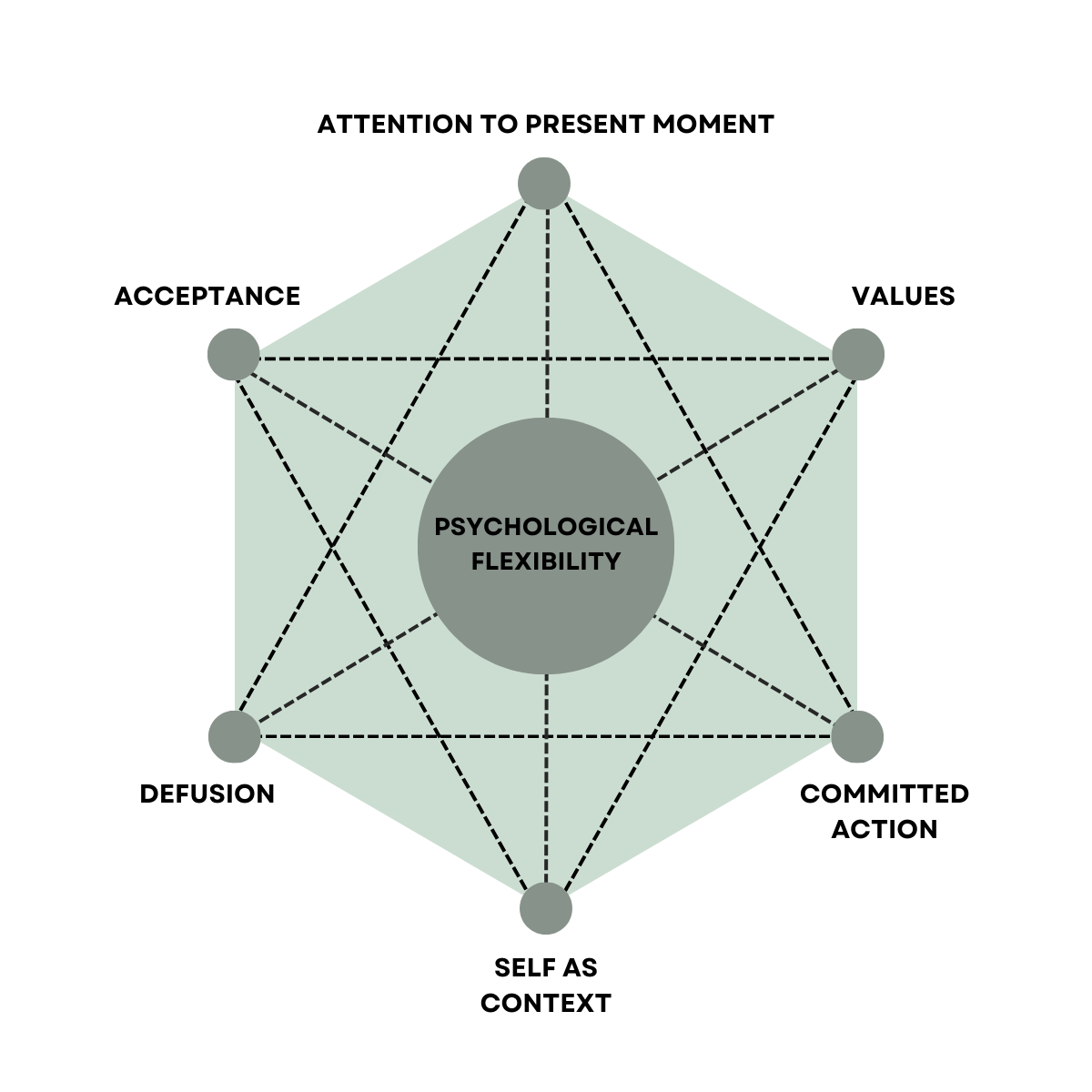
Anxiety Related Disorders
In our modern, fast-paced lives, feelings of anxiety and moments of panic have become increasingly common. These emotions, once survival mechanisms in the face of danger, can sometimes escalate into more pervasive thoughts of apprehension, worry, and muscle tension, which could impact our daily functioning and well-being.
Recognising and normalising these feelings is crucial for developing a deeper understanding and effective coping strategies.
What is anxiety, and why do we experience it?
Anxiety, a natural human response to perceived threats or stress, is an integral part of our survival instinct. However, when these feelings become overwhelming and persistent, they can evolve into anxiety disorders, affecting our daily lives.
Understanding that anxiety is a normal part of the human experience is the first step towards managing it effectively.
The neurocognitive basis of anxiety and panic
Anxiety disorders are deeply rooted in our brain’s neurocognitive processes. In a state of hyper-vigilance, the brain constantly scans for potential threats, leading to a heightened sense of unease and apprehension. This can skew our attention and lead to an exaggerated focus on negative environmental cues.
General Anxiety Disorder
General Anxiety Disorder (GAD) is characterised by chronic, excessive worry about various life aspects, persisting for at least six months. Unlike occasional anxiety, GAD is a prolonged condition that can lead to physical symptoms like fatigue, muscle tension, and sleep disturbances. It’s important to differentiate between typical anxiety and GAD for appropriate treatment.
What are other common anxiety disorders?
- Panic Disorder — Characterised by sudden, unexpected panic attacks...
- Social Anxiety Disorder — This disorder involves an intense fear of social or performative situations...
- Specific Phobias — A specific phobia is an intense, irrational fear of a specific object, situation, or activity...
- Obsessive-Compulsive Disorder (OCD) — OCD is characterised by unwanted, persistent thoughts (obsessions) and repetitive behaviours or mental acts (compulsions)...
Psychotherapy for anxiety
Psychotherapy, such as talk therapy, offers a safe space to discuss feelings and develop coping mechanisms. Different psychotherapeutic approaches like Cognitive Behavioural Therapy (CBT) and Acceptance and Commitment Therapy (ACT) are effective in managing anxiety, focusing on altering self-deprecating thought patterns and embracing a non-judgmental stance towards internal experiences.
How does Acceptance and Commitment Therapy (ACT) help?
ACT offers a robust framework for understanding and managing anxiety. It focuses on psychological flexibility, allowing individuals to embrace their feelings without judgement.
Instead of trying to eliminate challenging emotions or thoughts, ACT encourages changing one’s relationship with these experiences. This approach aligns actions with personal values, diminishing the impact of anxiety on one’s life.
What ACT techniques are used to manage anxiety?
- Present Moment: Encourages observing thoughts and feelings non-judgmentally.
- Cognitive Defusion: Helps create distance from distressing thoughts, reducing their impact.
- Acceptance: Involves acknowledging and embracing anxiety without judgement.
- Values Clarification: Aids in aligning actions with personal values.
- Committed Action: Focuses on setting goals and working towards them.
- Self-as-Context: Cultivates a sense of self that is separate from internal experiences.

What can I expect in a psychotherapy session?
You can expect a structured yet empathetic environment at my mental health practice. Sessions involve discussing your feelings, exploring past experiences, and setting future goals. Over time, you will develop new coping strategies and work towards positive behavioural changes.

